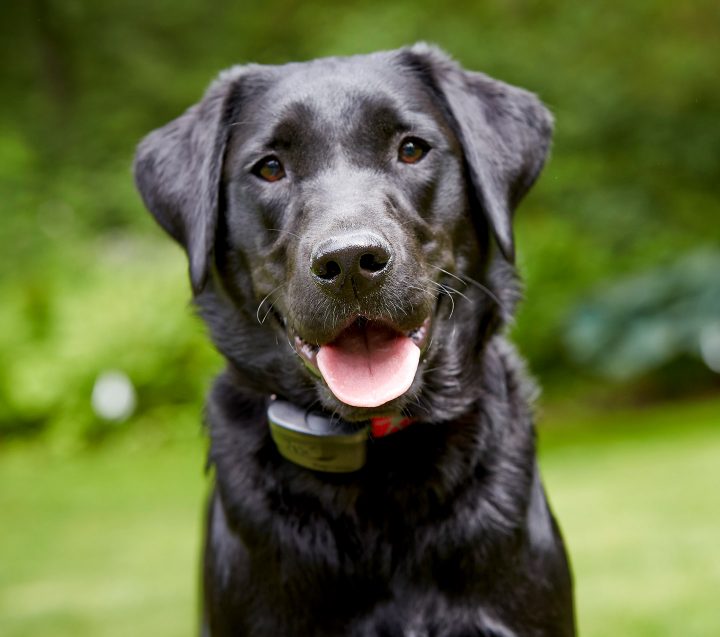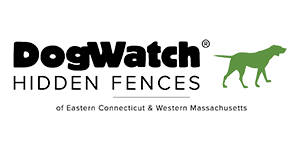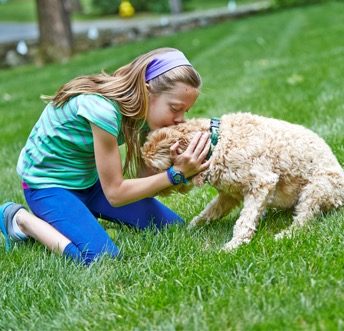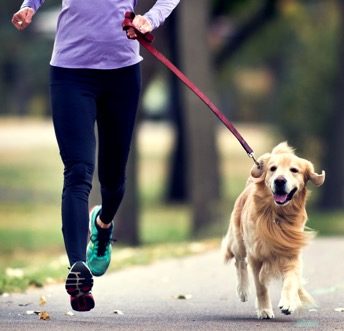The world’s first connected outdoor hidden pet fence
Outdoor Dog Fences
DogWatch® hidden fences keep your pets safe and are safe for your pets.
Indoor Pet Boundaries
Our indoor pet fences work wherever you need them, quietly & effectively.
Pet Training Products
DogWatch® provides a range of training solutions for every pet, regardless of size.
DogWatch® of Western Mass & Eastern CT
DogWatch of Western Mass has proudly served the Pioneer Valley and surrounding areas since 1990 and belongs to the international DogWatch Dealer Network. We are committed, trained professionals offering years of experience in installation, training, and customer service. Being locally owned, we have a vested interest in keeping customers happy!

We Love What We Do
Health Guarantee
We provide the best in-ground pet containment with state-of-the-art products, and outstanding customer service.
Customer Testimonials

Nancy and Cooper
Cooper is doing great on the fence! One week, and he is trained and loving running in the yard. I can’t tell you how much I love the fence, and how impressed I was with your installation, explanations, and training…put me down as one HAPPY customer!

Peter, Julianne, and Mollie
One of the things you can’t easily quantify or put words to, but is by far the most important point to mention, is the increase in Mollie’s quality of life. From the moment the system was installed, she has truly been happier all around. My only wish is that we had done this sooner… Mollie knows her boundaries, and given the flexibility of the DogWatch system, she now has a great space to run and play. I would recommend (and already have) this system to anyone and everyone with a dog- it’s no comparison to the alternatives… this is the way to go hands down.

Joy, Norm, and Bonnie
We are all so happy with the DogWatch System. Our golden retriever Bonnie loves her freedom and seemed to understand from the beginning that her new collar would improve her quality of life…even though we live on a quiet road, before we had our DogWatch system installed, she felt the need to visit everyone on foot, in cars, or on horseback. It’s a relief not to worry about that anymore. The DogWatch of Western Mass staff have been very supportive and will do ‘what it takes’ to get a dog trained. They made the whole process easy and fun. They truly make the effort and stand behind the product.

Beth and Annie
Annie, our smooth collie, is like a new dog since you installed our DogWatch System. It took just three days to train Annie, and everyone in the family is happier; especially Annie. She has the freedom to run as she pleases and at the same time, she is safe, and we have peace of mind.



